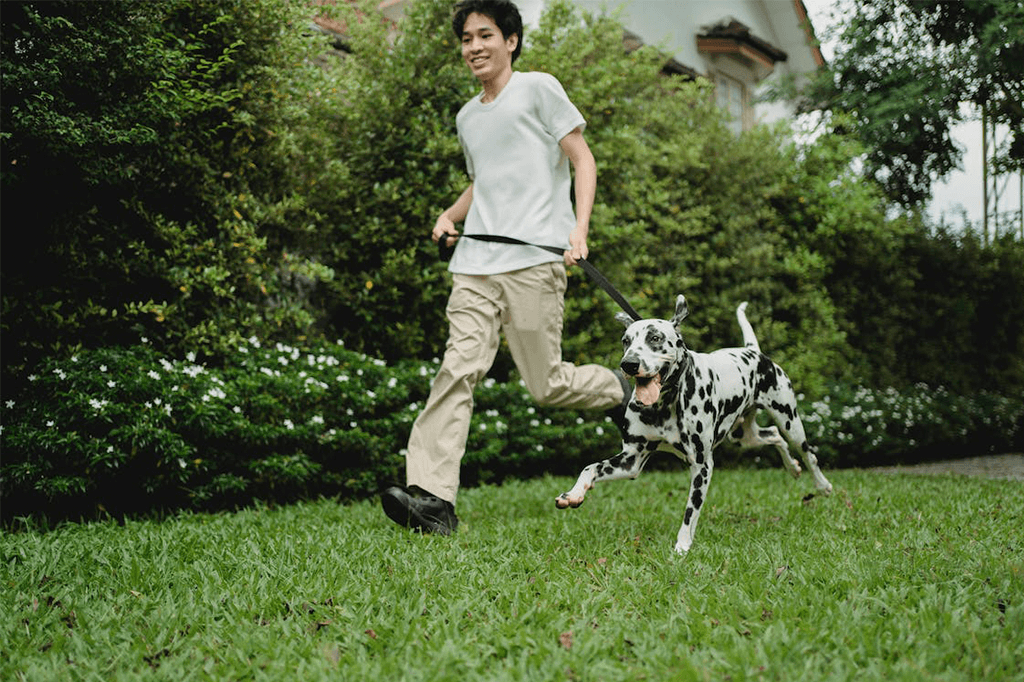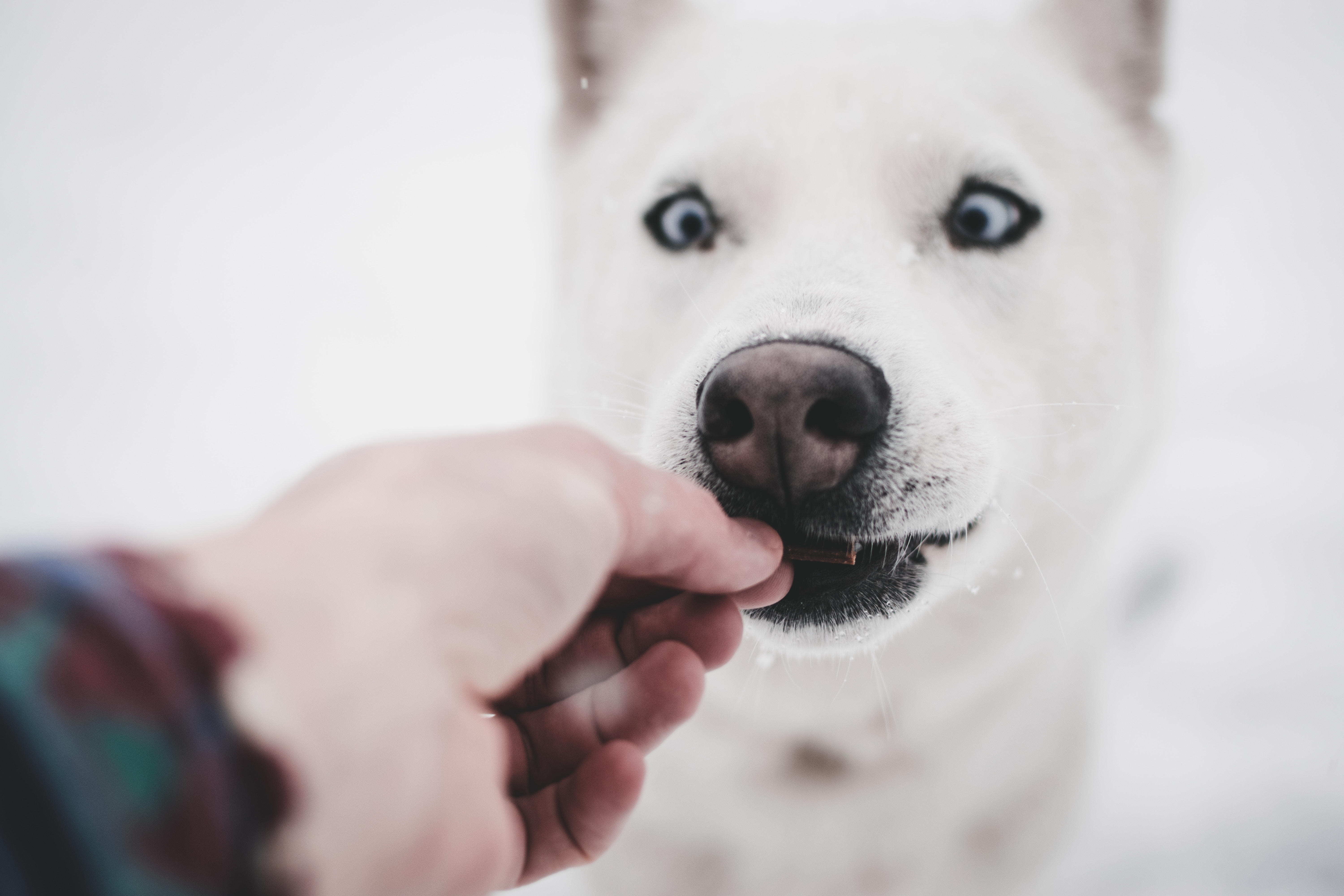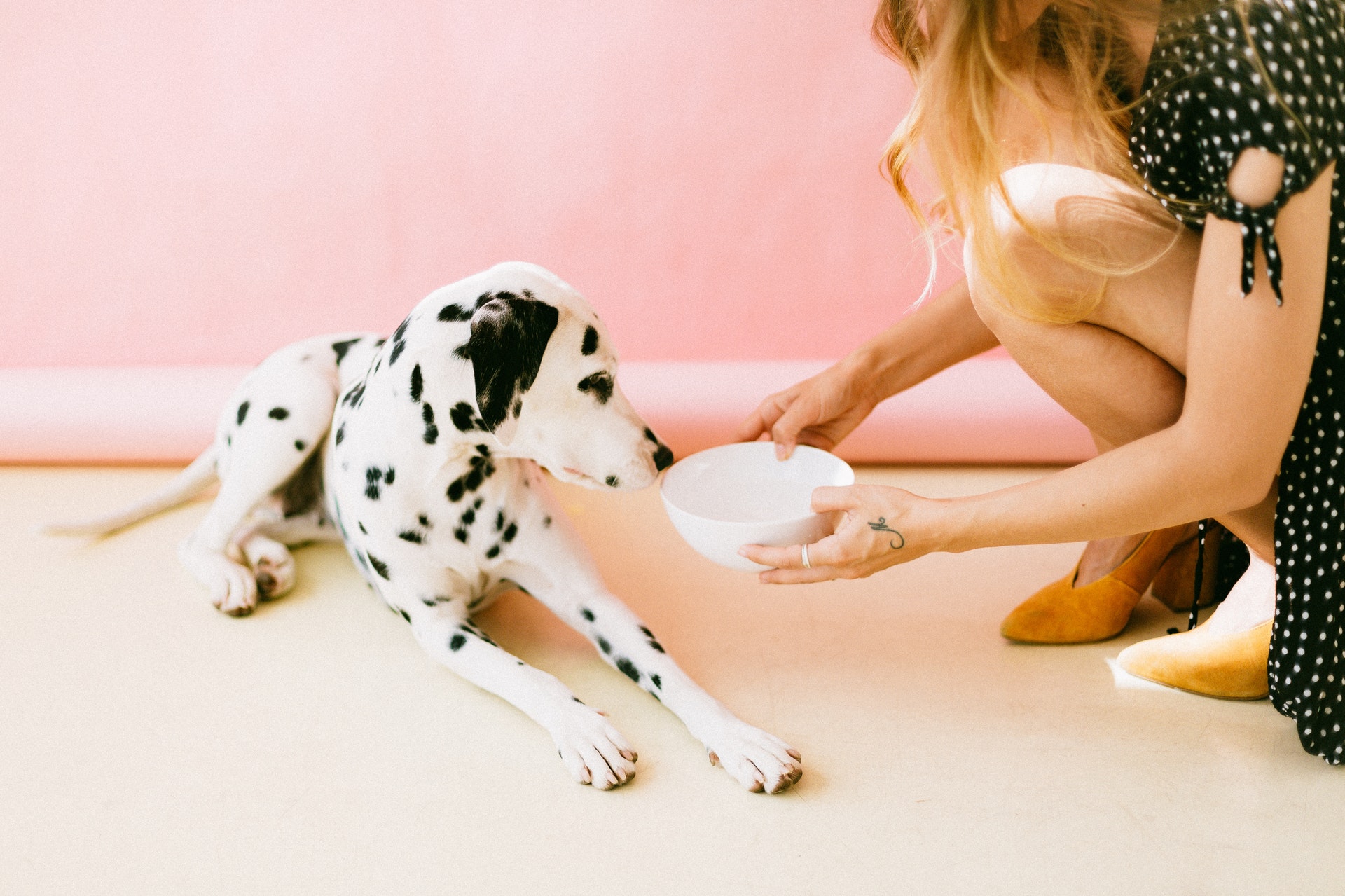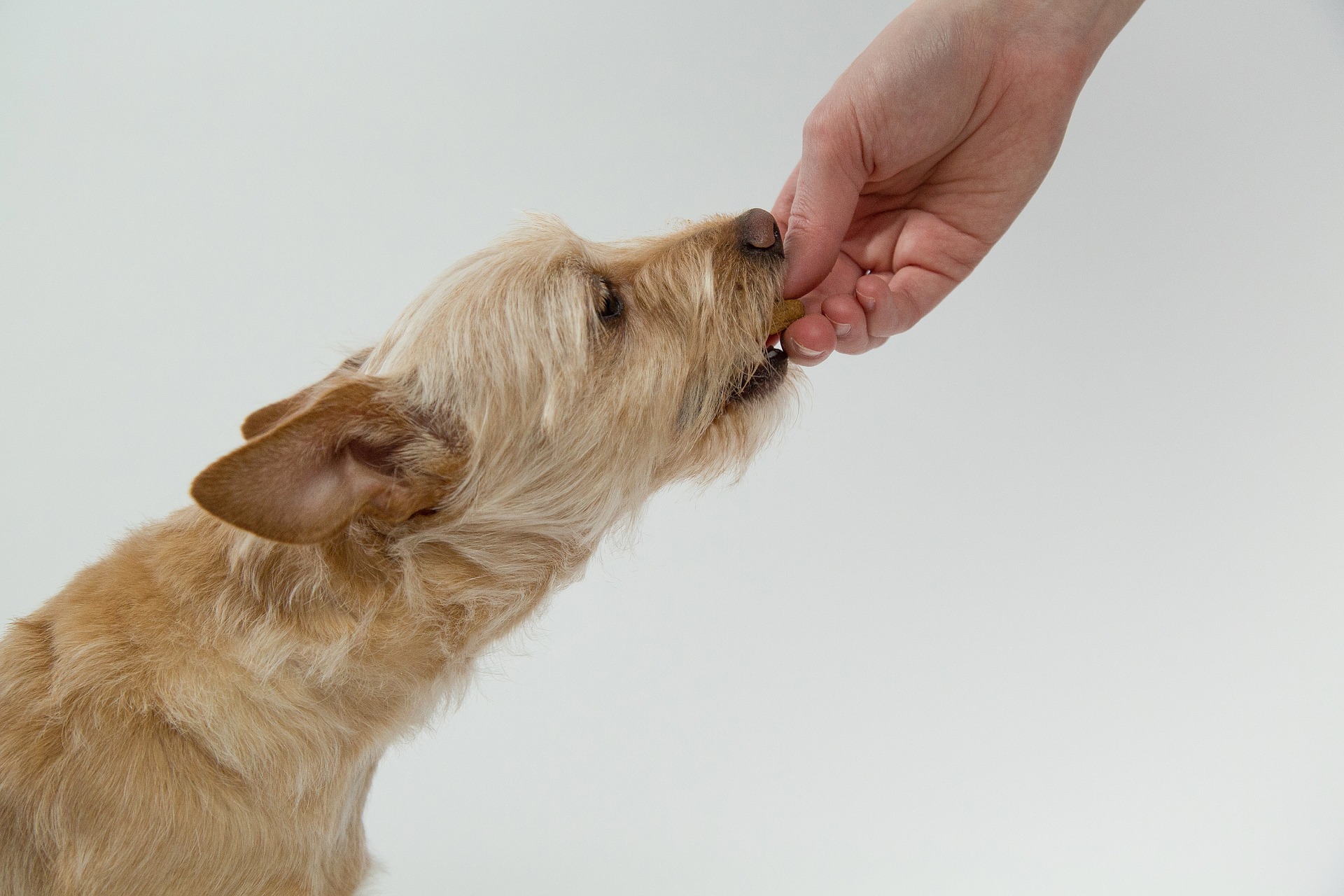6 Top Tips to Help Your Dog Lose Weight

Is your dog overweight? If so, it is extremely important to take the steps necessary to help your dog lose weight. This will prevent a number of weight-related health conditions from arising, whether this may be arthritis and heart disease or high blood pressure and cancer.
Want to know how to help your dog lose weight?
Here are 6 tips to get you started:
1. Measure Out Your Dog's Meals
Do you often “guesstimate” when it comes to filling your dog's bowl with food? Or perhaps you choose to free feed, allowing your pooch to help himself to a full bowl whenever he feels hungry?
Well, while both of these methods of feeding may be convenient, they need to stop.
If your pooch is overweight, the very first step to take to help your dog lose weight is to measure out his meals.
How Much Should Your Dog Be Eating?
Prepared to measure, but no idea what the ideal measurement should be?
This depends on a number of factors, such as:
-
Your dog's age
-
Your dog's size
-
Your dog's energy levels
-
The food being fed
Most commercial foods will have guidelines on the back of the box to tell you how much to feed. If you have been over-feeding your dog, drop this down to the recommended amount. If the amount you have been feeding has been about right, cut back on this slightly until your dog has reached an ideal weight.
Alternatively, ask your veterinarian to calculate how many calories your dog needs each day. You can then use this to work out a more specific daily food measurement.
2. Make Sure That You Are Feeding a Quality Dog Food
Have you ever taken a look at the ingredients list of your dog's food?
If not, do it now, as you are likely to be surprised...
So many commercial dog foods containing a surprisingly high amount of carbohydrates, and this is something that dogs definitely do not need.
Raw diets are great for having better control over your dog's weight. If you would prefer to feed a commercial food, look for one that has more protein than carbohydrates.
3. Increase Exercise
In addition to controlling your dog's food intake, upping the amount of exercise your pooch gets is another key way to help your dog lose weight.
If your dog naturally has quite an active personality, this shouldn't be too difficult...
Simply increase the frequency of your walks, or even just the length of your walks. Allowing your dog to run around off the leash will really help him to get his muscles moving, but only do this when it is safe. Try adding in some varied terrain too – running uphill on sand, rather than running on flat grass, will give your dog even more of a workout.
You could also try playing some active games at home. From flirt poles to bouncy balls, there are so many dog toys out there that will help to convince your dog to get moving.
Of course, make sure that you start off slow with all of this! This is especially important if your dog is in his senior years. You don't want all of the extra exercise to be too much for your dog, so begin gradually to give your dog's body and muscles some time to grow accustomed to all of the new activity.
4. Healthy Treats
Treats aren't an essential part of owning a dog, especially if your dog is already overweight.
However, if you have been working on training your dog, then treats will usually be required.
Biscuits, small chunks of cheese, and other calorie-laden bites are usually what most owners turn to. Of course, in order to help your dog lose weight, you need to avoid all of these.
So, what are some healthy treats that you can feed instead?
Try some of the following:
-
Raw fruit, such as sliced apples and bananas
-
Raw vegetables, such as carrot, cucumber and broccoli chunks
-
Dehydrated sprats or sardines
-
Dehydrated meat, without any filler ingredients
These may not sound very tempting to you, but dogs tend to love the crunchy texture that all of those snacks provide, making them a fantastic training treat.
Of course, when feeding your dog treats, don't forget to deduct those calories from your dog's daily allowance. Extra treats mean that you will likely need to feed your dog less food at meal times.
5. Find a Mentally-Stimulating Edible Chew
Looking for a way to keep your dog entertained for a few hours, without involving high-calorie foods?
There are many edible chews out there that you could look into. These are usually low in fat and long-lasting, giving your dog a taste of food without actually piling on the calories.
Antlers, dried tendons, raw bones and steer sticks are all great options.
Make sure that you stay away from rawhide, as these chews contain so many dangerous chemicals that you definitely don't want your dog consuming.
6. Keep Weighing Your Dog
It is important to keep your motivation up when trying to help your dog lose weight.
This is why it can be helpful to keep weighing your dog at regular intervals.
How much weight should your dog be losing?
This all depends on how overweight your dog was to begin with. Generally, aim for around 1% of your dog's body weight per week, which should work out to between 3% and 5% a month.
You can either take your pooch in to your local veterinary clinic to have him weighed, or do this yourself at home.
Are your scales too small?
Weigh yourself first. Then, pick your dog up and stand on the scales. Simply subtract your own weight from the weight of the two of you combined, and that will give you your dog's weight.
More than 50% of the dogs in the USA are overweight, making it no surprise that dogs are now facing such an array of different health problems. If you want to keep your dog as healthy as possible, make sure that you are always keeping track of your dog's weight, and that you know how to help your dog lose weight if you ever need to.






